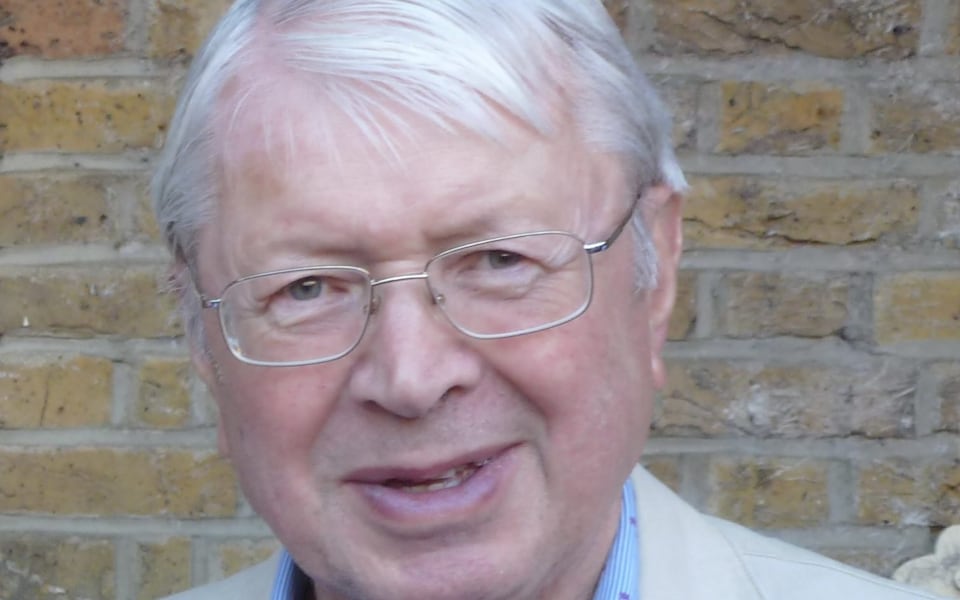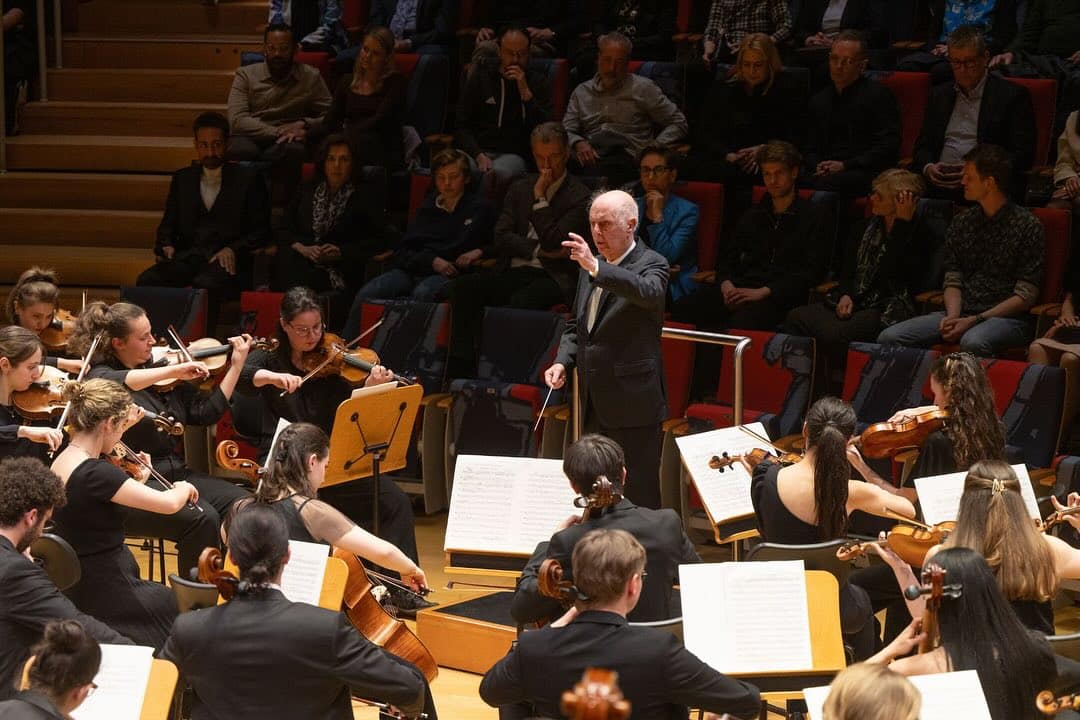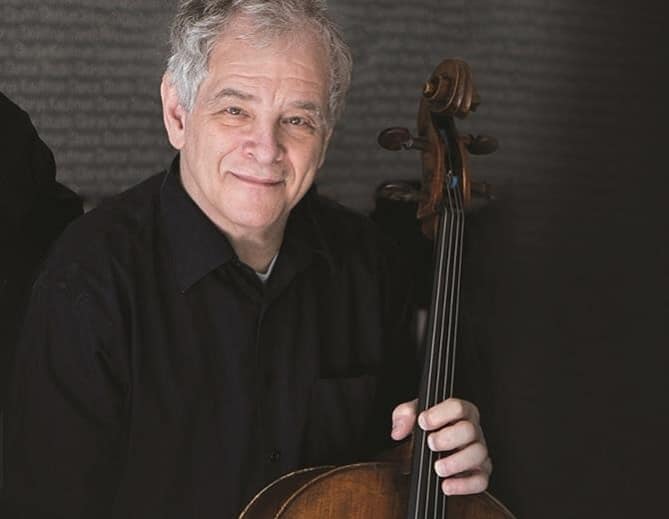Breaking: Cleveland Orchestra acquires Mahler 2nd manuscript
NewsThe autograph manuscript of Mahler’s second symphony, formerly owned by Gilbert E Kaplan and published by him in facsimile, has been donated to the Cleveland Orchestra by its present owner, the Austrian businessman, Herbert G. Kloiber.
The orchestra says it will preserve the manuscript ‘in partnership with the Cleveland Museum of Art, making it available to scholars, and accessible for public viewing in the future.’
The press release continues:
In celebration of this exceptional event, two performances of Mahler’s Symphony No. 2 by Franz Welser-Möst and The Cleveland Orchestra in Mandel Concert Hall at Severance Music Center on September 29 and 30 will open the Orchestra’s 105th season. The concerts will be preceded by a public viewing of the manuscript, free of charge, on September 28 from 4:00 to 6:00 p.m. in the Bogomolny-Kozerefski Grand Foyer of Severance Music Center and it will be on display for those attending the September 29 and 30 concerts.
The manuscript was purchased anonymously at auction at Sotheby’s in 2016. Dr. Kloiber — an international trustee of The Cleveland Orchestra and chair of its European Advisory Board, as well as an advisory director of the Metropolitan Opera— has now been publicly identified for the first time as the previous owner of the autograph manuscript prior to generously donating it to The Cleveland Orchestra.
Franz Welser-Möst said, “Personally, and on behalf of The Cleveland Orchestra, I am incredibly grateful for my dear friend Herbert Kloiber for his most generous gift of the Mahler autograph score. The first time Herbert showed me the manuscript was a deeply moving occasion. As a musician and especially as a conductor, this is one of the most special moments you can experience in your life. To see Mahler’s handwriting on the page and to follow his process, one feels even closer to the composer and to this masterpiece.”
Herbert G. Kloiber said, “When I acquired the Mahler autograph score, I knew I was doing so only as a temporary caretaker, responsible for finding a permanent home for this magnificent document. My experiences with The Cleveland Orchestra in recent years, both on tour in Europe and in its wonderful concert hall at Severance Music Center, moved me to conclude that it would provide a wonderful home for this great document to reside.”






Comments